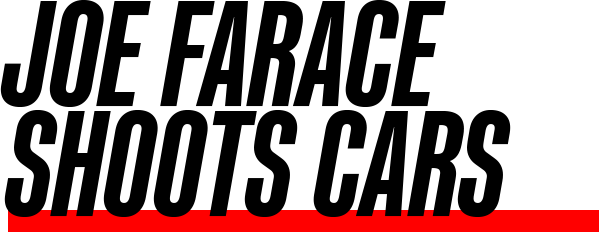Today’s Post by Joe Farace
All photographs are about lighting but infrared photography is about capturing images with invisible light, which is why comparisons to traditional photography can be difficult. If you want to create a dramatic image, few things beat a beautiful sunrise photographed in vibrant colors. The same scene photographed in infrared may be disappointing unless there’s some IR reflective subject matter— foliage—to add some interest. That’s because the Wood Effect, which is the bright to white reproduction of the chlorophyll layer of deciduous plants, appears strongest at low sun levels in black-and-white IR images.

How I made this shot: I photographed this VW Beetle convertible at an outdoor event using a Canon EOS 50D that had been converted to infrared by LifePixel. Lens was a 16mm f/2.8 Zenitar lens that I picked up on eBay. Exposure was in Av mode with 1/125 sec at f/16 and ISO 200 with a plus one-third stop exposure compensation. The RAW file was processed in Silver Efex Pro then the Sunlight filter from Color Efex Pro was added to warm it up and add a touch of infrared glow.
Here’s an interesting fact about infrared photography: If the lighting looks great for standard photographs, such as a beautiful sunrise and sunset, it’s probably not going to work all that well for infrared photography. Don’t take my word for it; you need to experiment because you never know for sure what the results will be when working in infrared until you try. There are no ‘official’ subjects for digital IR photography. Summer landscapes with leafy deciduous trees, lots of grass, and puffy clouds often make a great infrared picture. But you shouldn’t confine yourself to just shooting landscapes.
Some of the artists featured in my book, “The Complete Guide to Digital Infrared Photography,” like to photograph people in IR but I also like to shoot cars. To insure sharp focus I set the manual focus 16mm lens using the hyperfocal technique. When it come s to infrared, I think that any subject is fair game if you want to produce digital infrared images, My advice is to experiment to discover what works. You may be surprised at the variety of subject matter you can find for your IR photographs.
 I’ve found that Life Pixel does a great job with IR conversions and they’ve done conversions for some of my Canon DSLRs as well as all of my Panasonic Lumix G-series cameras, including a GX1 that I converted using their new Hyper Color conversion. This is not a paid or sponsored endorsement, just my experience.
I’ve found that Life Pixel does a great job with IR conversions and they’ve done conversions for some of my Canon DSLRs as well as all of my Panasonic Lumix G-series cameras, including a GX1 that I converted using their new Hyper Color conversion. This is not a paid or sponsored endorsement, just my experience.
My book, The Complete Guide to Digital Infrared Photography is currently out-of-print but used copies are available from Amazon starting $18.47 as I write this. Creative Digital Monochrome Effects has a chapter on IR photography and is available from Amazon for $33.55 with used copies starting at a little more than two bucks, which is a heckuva deal.
